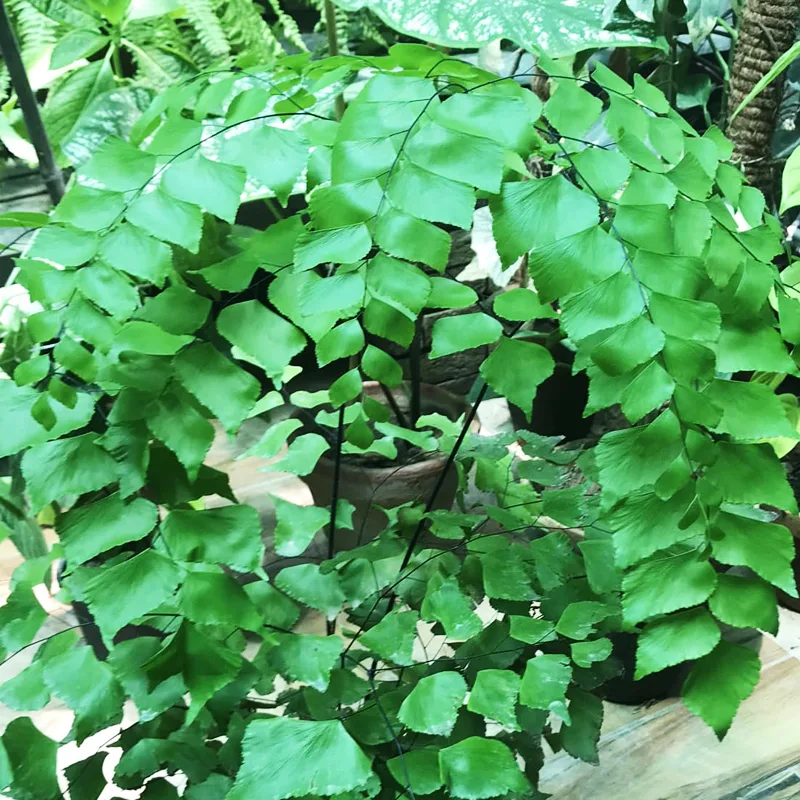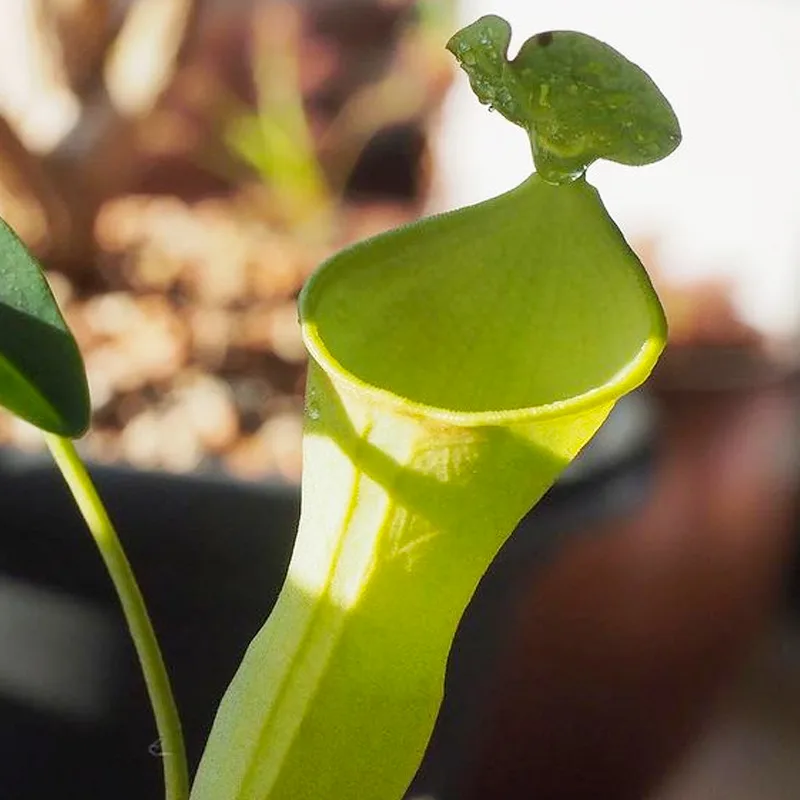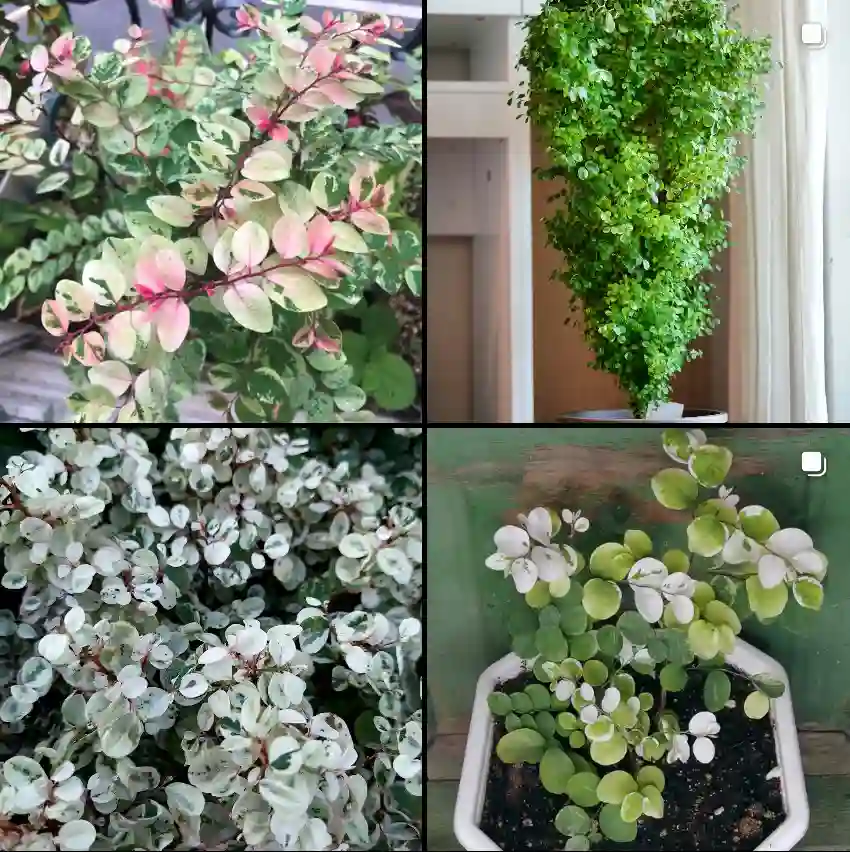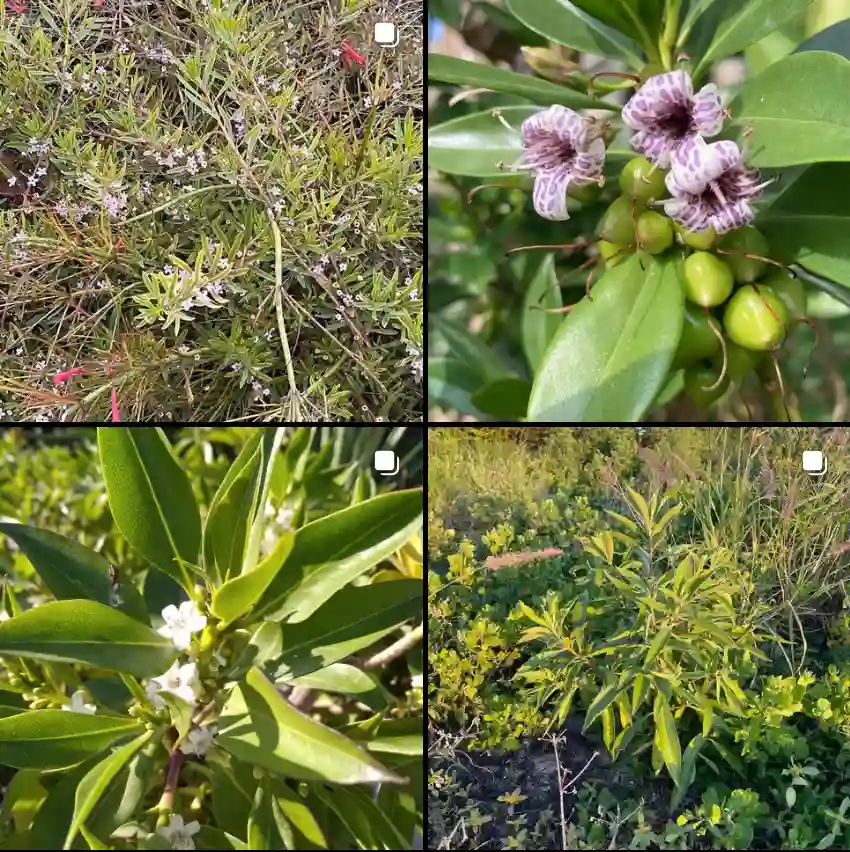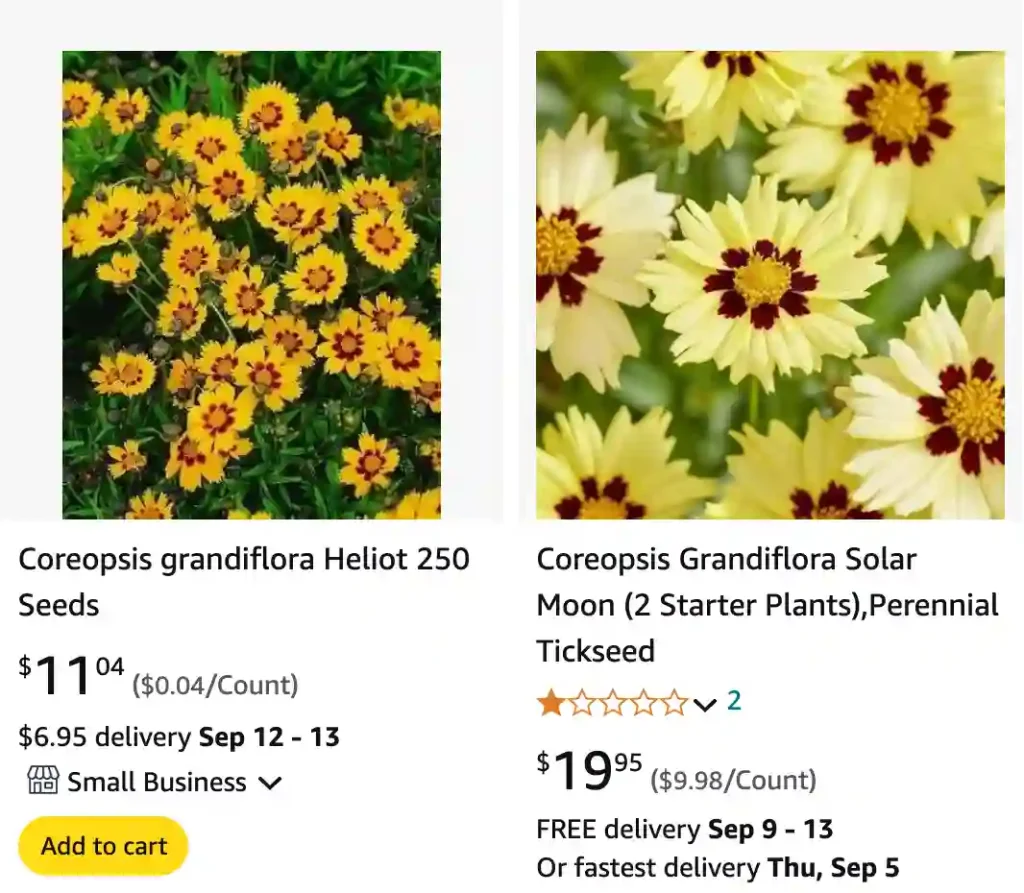
FAQs About Coreopsis Grandiflora
Coreopsis Grandiflora, also known as Tickseed, is a vibrant and reliable choice for gardeners looking to add a splash of color to their landscapes. I’ve had my share of experience with this plant, and I’ve found that many people have common questions about its care and characteristics. Here’s a comprehensive guide to some of the most frequently asked questions about Coreopsis Grandiflora.
39 Species in Genus Coreopsis
Is Coreopsis Grandiflora a Perennial?
Yes, Coreopsis Grandiflora is indeed a perennial. This means it will come back year after year, which is one of the reasons it’s such a popular choice for gardens. Unlike annuals that need to be replanted each season, perennials like Coreopsis Grandiflora establish themselves and grow back from their root system. This plant typically blooms from early summer to fall, adding a long-lasting burst of color to your garden.
How to Care for Coreopsis Grandiflora
Proper care is crucial to keep your Coreopsis Grandiflora thriving. It prefers full sun, which helps it bloom abundantly. The soil should be well-draining, as this plant doesn’t like to sit in water. Regular watering is necessary, but make sure the soil dries out between waterings to prevent root rot. Adding a layer of mulch around the base can help retain moisture and keep weeds at bay.
How to Deadhead Coreopsis Grandiflora
Deadheading is an essential part of maintaining the health and appearance of Coreopsis Grandiflora. To deadhead, simply remove the spent flowers before they go to seed. This encourages the plant to produce more blooms rather than wasting energy on seed production. You can use garden shears or your fingers to pinch off the old flowers. Deadheading regularly will help extend the blooming period and keep the plant looking tidy.
Is Coreopsis Grandiflora Deer Resistant?
Coreopsis Grandiflora is considered deer resistant. While no plant is completely deer-proof, Coreopsis Grandiflora’s strong scent and taste make it less appealing to deer. This makes it a good choice for gardens where deer are a frequent problem. However, during times of food scarcity, deer may still nibble on it, so it’s always a good idea to have some deer deterrents in place.
What Goes Well with Coreopsis Grandiflora Helios?
Coreopsis Grandiflora Helios is a stunning variety with bright, golden-yellow blooms. To complement this vivid color, consider pairing it with plants that offer contrasting or complementary hues. Lavender and Salvia work well as they provide a nice contrast with their cooler tones. For a more monochromatic scheme, you might add other yellow or gold flowers like Rudbeckia or daylilies. Ornamental grasses such as Feather Reed Grass can also add texture and height, enhancing the overall look of your garden.
What is the Difference Between Coreopsis Grandiflora and Lanceolata?
Coreopsis Grandiflora and Coreopsis Lanceolata are both members of the Coreopsis family, but they have distinct differences. Coreopsis Grandiflora, also known as Large-flowered Tickseed, typically features larger blooms with a more rounded shape and a broad, spreading growth habit. Coreopsis Lanceolata, commonly known as Lanceleaf Tickseed, has narrower, lance-shaped leaves and smaller, more delicate flowers. The blooms of Coreopsis Lanceolata are often more spaced out along the stem, giving it a more airy appearance compared to the fuller look of Coreopsis Grandiflora.
How to Propagate Coreopsis Grandiflora?
Propagating Coreopsis Grandiflora is relatively straightforward. The most common methods are through division or from seeds. To propagate by division, dig up the plant in early spring or fall and separate it into smaller clumps. Replant these clumps in their new locations. If you prefer to use seeds, start them indoors about 6-8 weeks before the last frost date. Sow the seeds in a seed-starting mix and keep them moist. Once the seedlings are large enough and the outdoor conditions are suitable, transplant them into your garden.
Can You Grow Coreopsis Grandiflora Indoors?
Growing Coreopsis Grandiflora indoors is possible but not ideal. This plant thrives best in outdoor conditions with full sun exposure and well-draining soil. Indoor environments may not provide the ideal light levels or space needed for Coreopsis Grandiflora to reach its full potential. If you do attempt to grow it indoors, make sure it receives plenty of bright light and maintain good air circulation to prevent issues like fungal diseases.
Is Coreopsis Grandiflora Toxic?
Coreopsis Grandiflora is not known to be toxic to humans or pets. It’s generally considered safe to grow around children and animals. However, as with any plant, it’s a good practice to prevent pets from chewing on plants and to keep small children from ingesting plant material.
Common Problems with Coreopsis Grandiflora
Despite its hardy nature, Coreopsis Grandiflora can encounter a few issues. The most common problems include powdery mildew and aphids. Powdery mildew appears as a white, powdery coating on the leaves and can be managed by ensuring proper spacing for air circulation and applying fungicides if necessary. Aphids are small, sap-sucking insects that can be controlled with insecticidal soap or by encouraging beneficial insects like ladybugs.
Benefits of Coreopsis Grandiflora
One of the major benefits of Coreopsis Grandiflora is its long blooming period, which can extend from early summer to fall. It’s a low-maintenance plant that requires minimal care once established and adds vibrant color to any garden. Additionally, it attracts pollinators like bees and butterflies, making it a great choice for creating a pollinator-friendly garden.
Coreopsis Grandiflora is a wonderful addition to any garden, providing beauty and resilience. With proper care, it can thrive and offer stunning blooms year after year.
If i die, water my plants!
